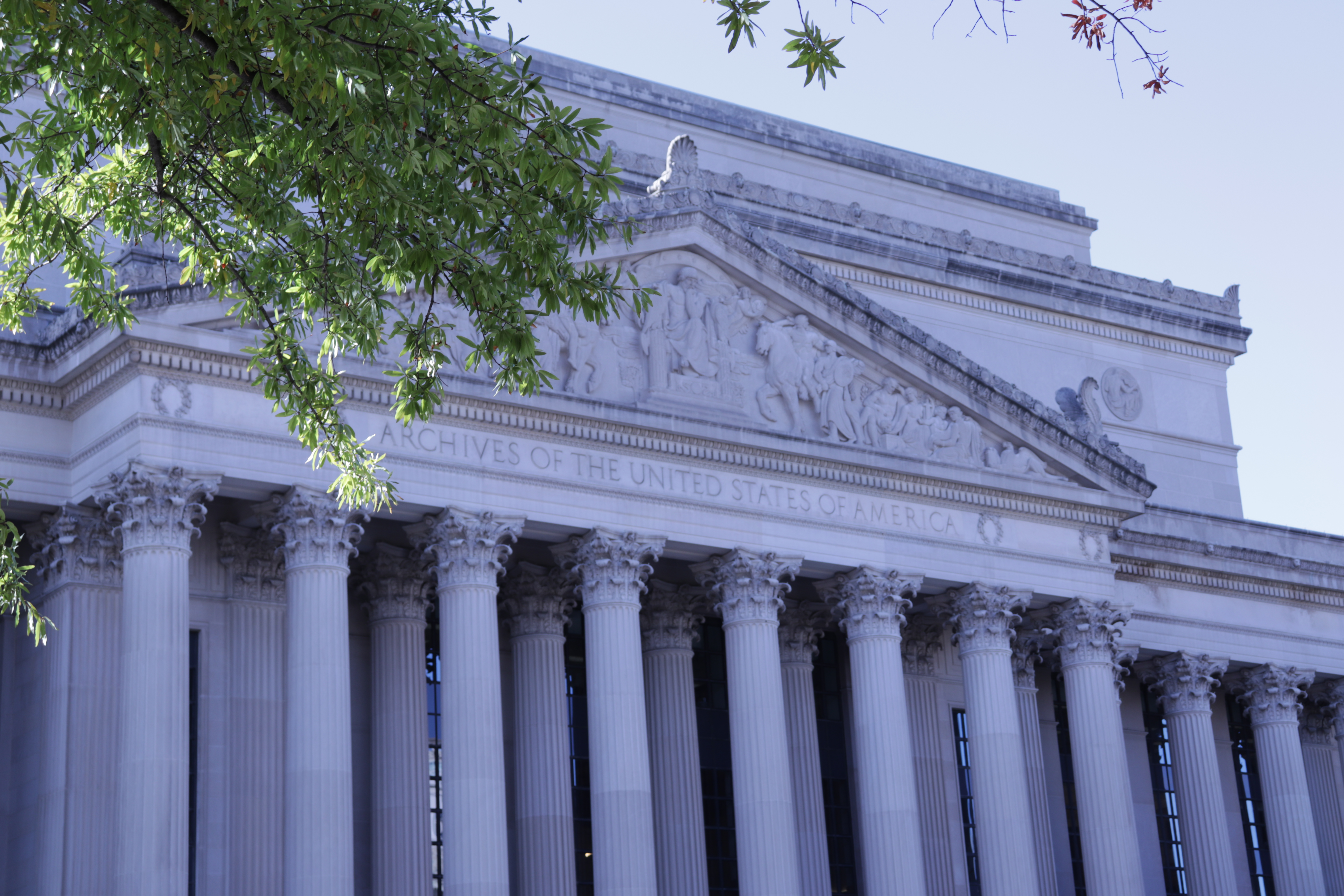Digitization of 230K+ Schedules Has Commenced
How can a project digitize approximately 232,000 schedules containing information about America’s religious life in the early twentieth century? And how can we make this information accessible to others?
Starting in 1850, the U.S. Census Bureau began collecting information about religious life in the United States. At first, they simply corresponded with denominational officials about attendance and church activities. However, in the early twentieth century, the Census Bureau began collecting information from individual congregations by asking them to fill out a one-page form called a “schedule” that asked questions about the congregation’s denomination, membership, debt, schools, staff, and finances. Today, these individual schedules only survive for the 1926 Census of Religious Bodies. This relatively untouched collection of documents is housed in over 300 archival boxes at the National Archives and Records Administration (NARA) building on the National Mall in Washington, DC.

Figure 1. National Archives and Records Administration (NARA) in Washington, DC. Image by Alexis Frambes.
Prior to this project, the 1926 Census of Religious Bodies had been catalogued but not inventoried. In other words, there was no way of knowing exactly what was contained in each of the boxes, or how many of the original 1926 schedules still existed. In addition, the schedules were hard to access, as anyone wishing to view them would have to travel to Washington, DC. The American Religious Ecologies project will change this by inventorying the collection, digitizing more than 232,000 schedules, creating metadata to make the schedules searchable, and providing free online access to the schedules through an Omeka S website.
Work on the project got underway in the summer of 2019. First, we created an inventory of the collection. An undergraduate research assistant looked through each of the archival boxes at the National Archives, and recorded the approximate number of schedules, the denominations represented in each box, and the states where the congregations were located. Next, graduate and undergraduate research assistants started the lengthy process of digitization by taking high-quality photographs of each individual schedule. Student photographers quickly learned how to strike a delicate balance between precision and speed—making sure they took consistent, straight, in-focus, well-lit images of each schedule, while also trying to maximize the number of schedules that were photographed each day. Students kept track of their progress in a photography log where they recorded information about the schedules they had photographed such as the denomination, schedule number, and archival box number.
Finally, we have started creating metadata to accompany each schedule. By associating the image of each schedule with machine-readable text that describes the schedule (such as the denomination name and the county and state where the congregation is located), we can make our digitized schedules searchable by place (e.g., find all the schedules for congregations in Fairfax County, VA) and denomination (e.g., find all the schedules for congregations that are a part of the Advent Christian Church).
By the end of the project, we will know exactly how much of the collection is extant, and we will make available the collection in its entirety as a free, open-source resource for researchers, church members, and religious history enthusiasts around the world.
